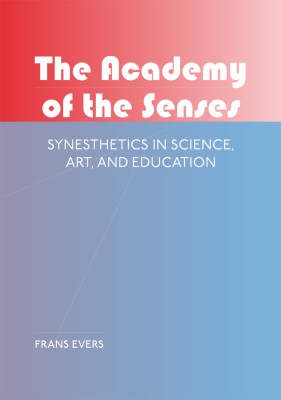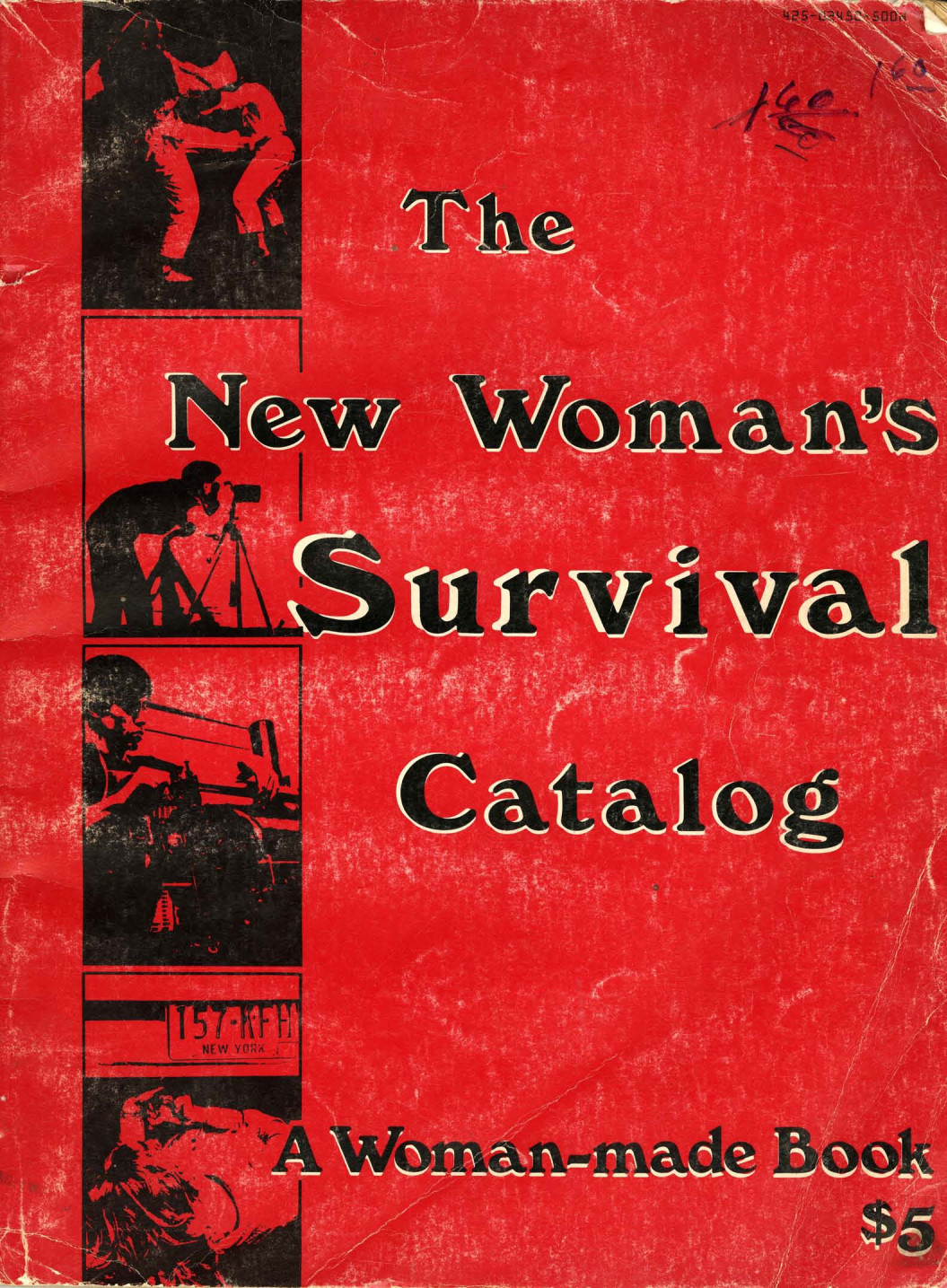Frans Evers: The Academy of the Senses: Synesthetics in Science, Art, and Education (2012)
Filed under book | Tags: · art and science, art education, art history, education, electronic music, media art, remediation, science, sound, synaesthesia, theatre

“Frans Evers’s The Academy of the Senses is a book wanting to be three books at once. A study of the scientific approaches to synesthesia, related to the psycho-physical research conducted by Evers during his studies at the university; an alternative art history of the twentieth century based on the double paradigm of Castel’s clavecin oculaire and Wagner’s Gesamtkunstwerk; and a full account of the genesis of the Interfaculty Image & Sound. To encompass this entire range of subject, Evers coined a new term, “synesthetics,” to denote the experience, creative force, and study of synesthesia.
Throughout his career, Evers profiled himself as an educational reformer. Together with electronic music pioneer Dick Raaijmakers, he started a series of projects and lectures exploring the interaction of music and fine arts, which culminated in the establishment of the first multimedia department in the Netherlands, the Interfaculty Image & Sound at the University of the Arts in The Hague, which Evers headed from 1989 until 2007. This book maps out the theoretical and artistic foundations of this educational reform project, as well as its synesthetic output: large multi-media performances such as a reworking of Anton Schoenberg’s Die Glückliche Hand, Mondrian’s Promenoir, and Scheuer im Haag.
The Academy of the Senses is a “source book,” a work of inspiration, rather than a rigid account of historical facts. It provides anyone with an interest in the wondrous realm of multimedia arts and synesthesia as a creative force, whether student or professional, an introduction into the foundations and extensions of seeing sound and hearing colors throughout the centuries.”
Compiled and edited by Vincent W.J. van Gerven Oei
Publisher ArtScience Interfaculty Press, University of the Arts, The Hague, 2012
ISBN 9789461908193, 9461908199
298 pages
via editor
Review: Matteo Marangoni (Neural, 2013).
PDF (19 MB)
Comment (0)Kirsten Grimstad, Susan Rennie (eds.): The New Woman’s Survival Catalog (1973)
Filed under book | Tags: · 1970s, art, counterculture, family, feminism, film, health care, publishing, theatre, women

“Published in 1973, The New Woman’s Survival Catalog is a seminal survey of Second Wave feminist efforts, which, as the editors noted in their introduction, represented an “active attempt to reshape culture through changing values and consciousness.”
Assembled by Kirsten Grimstad and Susan Rennie in only five months, The New Woman’s Survival Catalog makes a nod to Stewart Brand’s influential Whole Earth Catalog to map a vast network of feminist alternative cultural activity in the 1970s. Grimstad and Rennie set out on a two month road trip in the summer of 1973, meeting and interviewing all the featured organizations and individuals, and gathering information and further references along the way to complete the publication.
From arts organizations to bookstores and independent presses, health, parenting, and rape crisis centers, and educational, legal and financial resources, this book provides crucial insight into feminist initiatives and activism nationwide during the Women’s Movement. Styled as a sales catalog, The New Woman’s Survival Catalog comprises listings and organizational descriptions, articles, and extensive illustrations, as well as a ‘Making the Book’ section, detailing the publication’s production.”
Publisher Coward, McCann & Geoghegan/Berkeley Publishing Corporation, New York, 1973
ISBN 9780698105676, 0698105672
223 pages
via Let’s Re-make, HT falprit
Video interview with editors (2010, edited transcript)
Commentary: Loraine Furter (J Bibliothèque Kandinsky, 2019).
PDF (76 MB)
PDF (hi-res, 468 MB)
Katalin Cseh-Varga, Adam Czirak (eds.): Performance Art in the Second Public Sphere: Event-Based Art in Late Socialist Europe (2018)
Filed under book | Tags: · art history, body art, communism, east-central europe, eastern europe, happening, performance, performance art, public sphere, socialist realism, southeastern europe, theatre, underground

“Performance Art in the Second Public Sphere is the first interdisciplinary analysis of performance art in East, Central and Southeast Europe under socialist rule. By investigating the specifics of event-based art forms in these regions, each chapter explores the particular, critical roles that this work assumed under censorial circumstances.
The artistic networks of Yugoslavia, Hungary, Latvia, Lithuania, Poland, Romania, East Germany and Czechoslovakia are discussed with a particular focus on the discourses that shaped artistic practice at the time, drawing on the methods of Performance Studies and Media Studies as well as more familiar reference points from art history and area studies.”
Contributors: Roddy Hunter, Miško Šuvaković, Dietmar Unterkofler, Ileana Pintilie, Cristian Nae, Andrej Mirčev, Andrea Bátorová, Berenika Szymanski-Düll, Kata Krasznahorkai, Laine Kristberga, Adam Czirak, Amy Bryzgel, Jasmina Tumbas, Beáta Hock, Angelika Richter, Maja Fowkes and Reuben Fowkes.
Publisher Routledge, London, 2018
ISBN 9781138723276, 1138723274
xii+263 pages
Project website
Publisher
WorldCat

